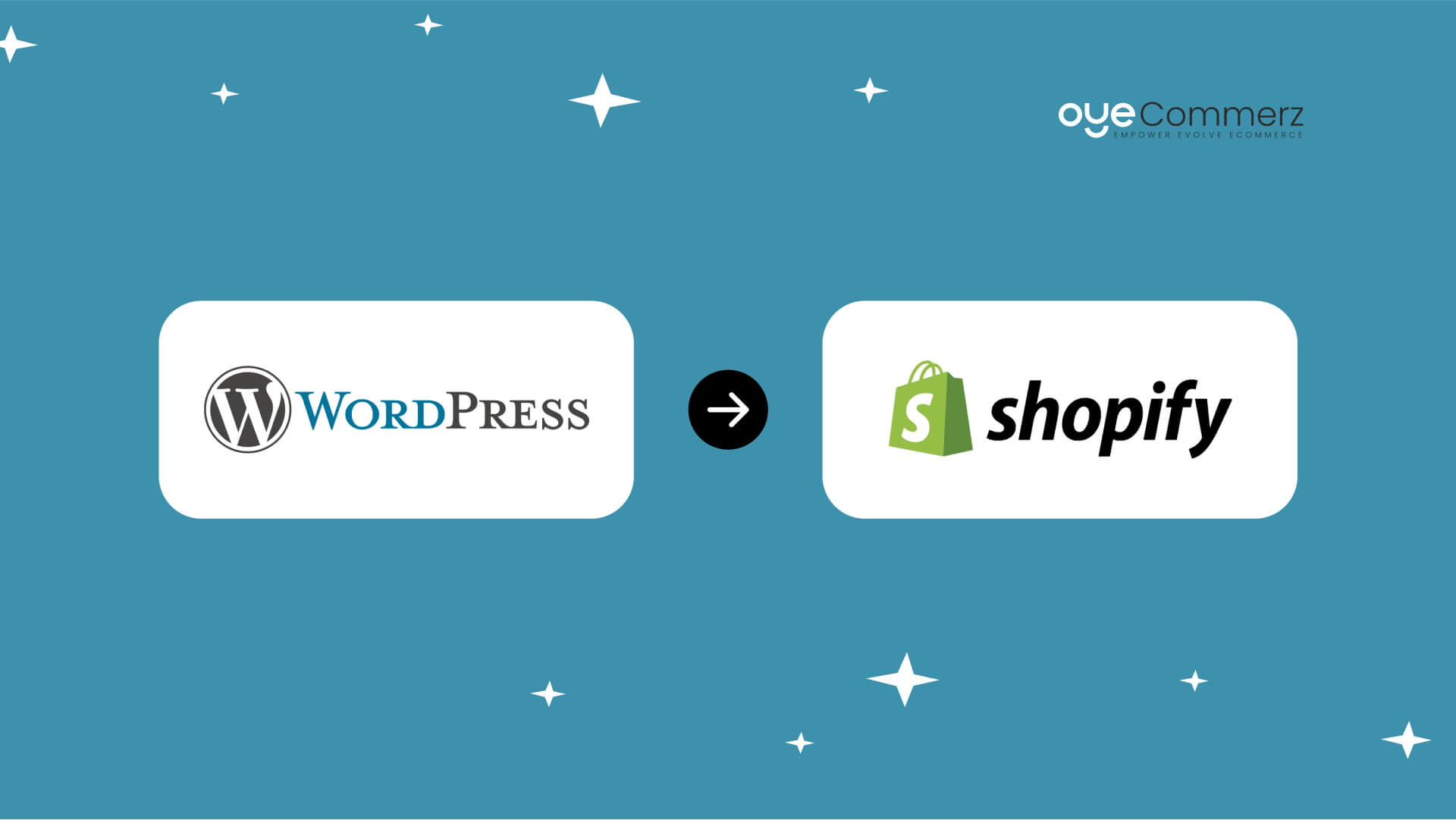Transitioning from WordPress to Shopify is an promising step toward streamlining your online store processes. As companies expand, choosing a platform that aligns with growth potential, UX, and flexibility becomes crucial. Shopify has emerged as a favorite for e-commerce professionals, offering unmatched adaptability, data protection, and ease of use. In this guide, we’ll explore the transformative impact of this migration, highlight the advantages, and provide practical tips to ensure a seamless transition.
1. Top Reasons to Transition from WordPress to Shopify
The combination of WordPress and WooCommerce, continues to support countless e-commerce platforms. However, as businesses scale, issues like reliance on plugins, data risks, and complex setups often obstruct progress. Shopify, designed explicitly for e-commerce, eliminates these concerns with an comprehensive, user-friendly solution. Real data supports this transition—Shopify powers over 4.4 million websites worldwide, with a documented 10% boost to sales performance for many businesses after migration.
2. Shopify's Perks for Thriving Online Stores
Shopify’s powerful platform is tailored for expanding brands. Its standout benefits are:
- Seamless Customization: Shopify offers over 80 professionally designed themes.
- Integrated Tools: Capabilities such as Shopify Payments and built-in SEO save time and effort.
- International Expansion: Multi-currency support and localization features enable businesses to expand internationally.
Additionally, Shopify delivers an availability percentage of 99.98%, guaranteeing your store remains accessible.
3. Preparing for WP to Shopify Migration
Prior to starting the migration process, assess your existing setup. Review inventory details, client information, and SEO performance. Resources such as Shopify’s Migration Kit or external tools can simplify this process. Develop a detailed strategy, ensuring all assets—product descriptions, media files, and articles—are ready for seamless import.
4. Data Migration: A Critical Shopify store launch services Step
Transferring your data is a cornerstone of a smooth transition. When migrating from WordPress to Shopify, prioritize:
- Inventory Details: SKU, descriptions, and groupings.
- Customer Data: Emails, purchase records, and custom fields.
- Search Engine Considerations: Retain meta tags, URLs, and redirects to maintain search rankings.
Use tools such as LitExtension to streamline data transfer while reducing mistakes.
5. Customizing Your Shopify Store
After the move, personalizing your Shopify store ensures it aligns with your business identity. Utilize Shopify’s drag-and-drop editor to create layouts with ease. Shopify's themes are optimized for all devices, providing a smooth user experience across devices—a critical factor, given 74% of online shopping is generated by mobile visitors.
6. How to Protect Your SEO Rankings When Switching Platforms
Search engine optimization is crucial for preserving your visibility during migration. Shopify excels in SEO with clean URL structures, preloaded features, and smooth content management. Ensure:
- Set up URL forwarding for existing Shopify design and development links.
- Enhance updated content with keyword-rich content.
- Leverage plugins like Plug in SEO to track analytics after the switch.
7. Post-Migration Testing
After finishing the transfer, conduct thorough testing.
Review: - Website speed (Shopify boasts faster speeds compared to WordPress).
- Functionality of payment gateways and checkout processes.
- Adaptability across devices.
Testing ensures your store provides a seamless shopping experience from day one.
8. Real-Life Success Story
One such migration success story is Gymshark, a fitness apparel brand that transitioned to Shopify. After the switch, the company saw a 60% boost in mobile sales and reduced site downtime. This showcases the capabilities of Shopify in enhancing online business success.
9. Overcoming Common Migration Issues
Migration comes with challenges, such as data integrity and reconfiguring custom functionalities. However, Shopify’s robust support and external professionals make overcoming these hurdles manageable. Partnering with qualified Shopify developers ensures a trouble-free transition.
10. Making the Switch: The First Step Toward Success
Migrating from WP to Shopify marks a strategic decision to online retail. By focusing on growth, simplifying management, and enhancing the customer experience, Shopify empowers businesses to succeed in competitive markets.
Final Thoughts
Switching from WordPress to Shopify offers a smart solution that can significantly boost your online business performance. With a well-structured strategy, the right tools, and expert support, you can achieve new growth opportunities.
Ready to make the leap? Reach out today to learn how our Shopify migration services can transform your e-commerce platform. Contact us now, or consider: Can your business afford to miss out on Shopify’s growth potential?
